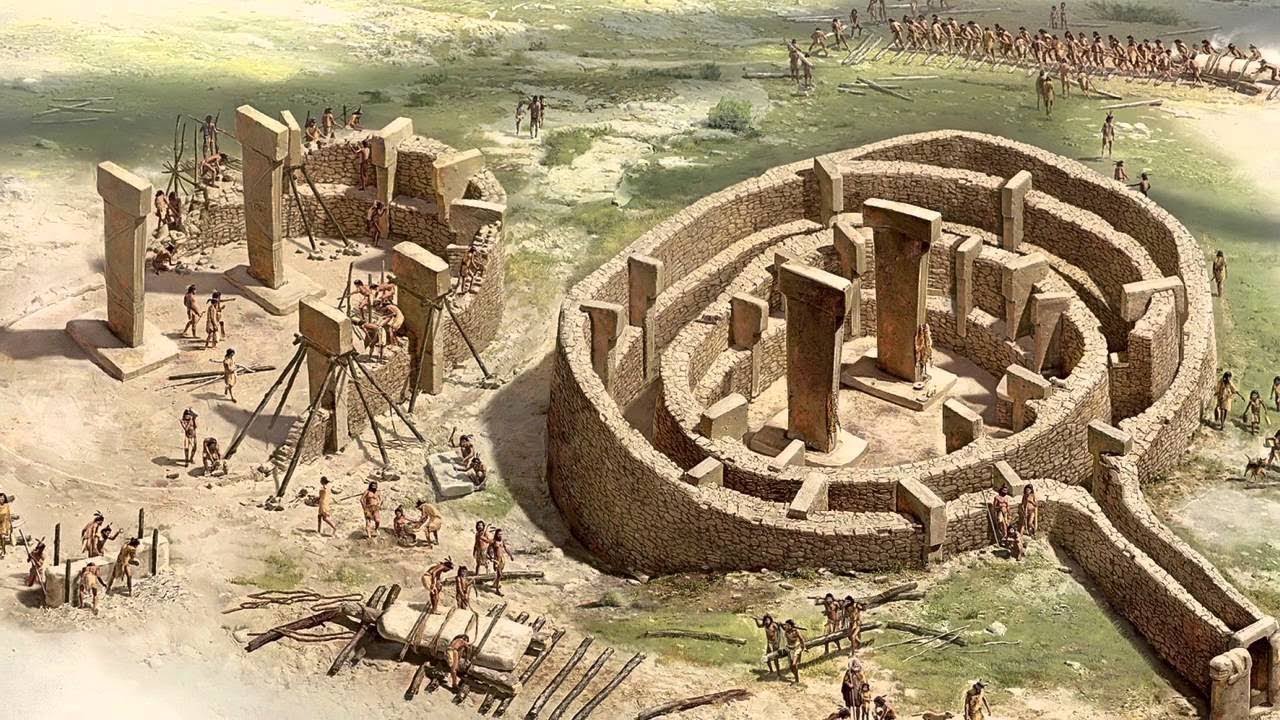There are cities that live on the surface and others that hide their soul underground. Naples belongs to the latter. It is a city where every corner seems to contain a layered fragment of history, a trace waiting to be uncovered. From Greek temples to the remnants of Roman daily life, everything here breathes the past. And yet, there’s something intensely modern about its energy: an ordered chaos, vital and magnetic, that makes one wonder whether they’re walking through a museum or an open-air theater.
A journey through centuries in the heart of the city
Naples is a stage full of contrasts. Amid narrow streets and the bustle of its people rise Piazza del Plebiscito, the Basilica of San Francesco di Paola, and the Royal Palace. The city center condenses everything Naples is: ancient, chaotic, beautiful.
Just a few steps away, the Galleria Umberto I lets light flood through its glass dome, and the Teatro San Carlo reminds visitors that opera here remains part of everyday life. Yet, the most impressive sights lie beneath. In Napoli Sotterranea, a labyrinth of tunnels and corridors carved by the Greeks more than two thousand years ago, one can still hear the echoes of the past beneath the city’s noise.
Pompeii: the city frozen in time
Close to central Naples, Mount Vesuvius dominates the landscape. At its feet lies Pompeii, a city buried in 79 AD after a devastating eruption. Today, it welcomes thousands of tourists and archaeology enthusiasts. Walking through its ruins means encountering well-preserved frescoes, intricate mosaics, and even the ruts of ancient carts still marked on the cobblestones.
The silence here feels different. There is no artifice—only what remained. In the ancient baths, traces of daily life can still be sensed; in the taverns, faint echoes of long-vanished conversations linger. For those who wish to explore the site slowly, staying nearby can turn the trip into a more intimate experience. A perfect option is Il Tesoro Pompeiano hotel near Pompeii ruins, an accommodation beside the archaeological site that allows guests to begin the day before the crowds arrive and return on foot at sunset. From there, Vesuvius looms close and powerful—a constant reminder of how fleeting everything is.
Herculaneum and the secrets beneath the lava
A short distance from Pompeii, Herculaneum offers a more intimate look at Vesuvius’s tragedy. Here, ash preserved even wooden furniture and the roofs of houses. The streets are smaller, the details more delicate. Inscriptions still cling to the walls, carbonized fruit rests in bowls, and columns retain their color. Everything feels so near that it’s hard to believe almost two millennia have passed.
Herculaneum breathes a different kind of silence—calmer, contemplative. Visitors often stand motionless by the ancient docks, where dozens of skeletons were found, trapped as they tried to flee the fire. It’s a place that moves without spectacle, revealing life just as it was.
Naples, the city that breathes history
Back in the southern capital, the National Archaeological Museum of Naples—one of the most important in the world—houses treasures unearthed in Pompeii and Herculaneum: sculptures, tools, mosaics, and everyday objects.
Beyond art, what defines the Neapolitan experience is the life that pulses around the past. Fruit vendors shout their offers beside first-century temples; motorcycles weave through alleys once trodden by legionaries. It’s a strange yet natural coexistence, as if time in Naples had learned to overlap without erasing anything.
A gateway to the Gulf
From the port, ferries link the city with Capri, Ischia, and Procida—three islands that complete the emotional geography of the Gulf: the sophistication of Capri, the thermal greenery of Ischia, the colorful authenticity of Procida. Together they form a perfect mosaic for those seeking balance between culture, sea, and rest.
Naples, with its blend of living archaeology and everyday energy, is a place where the past still breathes in rhythm with the present. The challenge is not finding history at every corner, but deciding where to stop—because every step may lead to another discovery.

